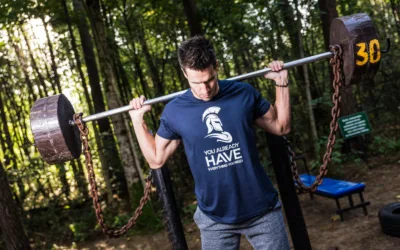Need Better Squat Depth? Try Kettlebell Goblet Squats
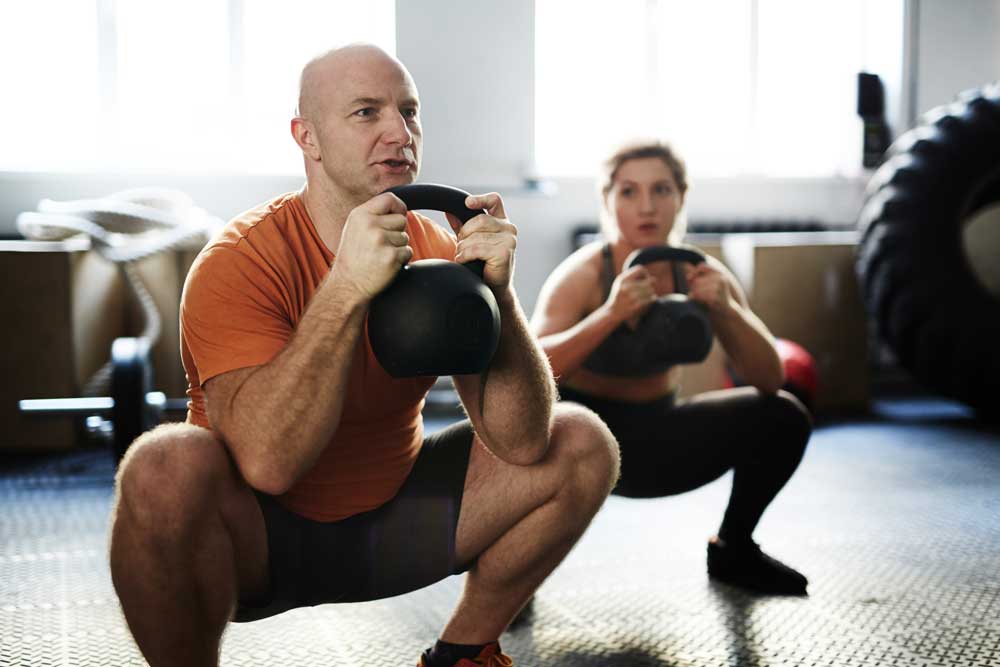
Your back squat is the hallmark of your lower body strength. But what if your stiff tissues and junky joints don’t let you access a deep squat range of motion? Jason Giles, owner of Iron Monkey Strength out of New York, has a lifetime of passionate dedication to fitness—he grew from personal trainer to gym owner after starting Iron Monkey Strength in his garage. In this piece he talks about the benefits of kettlebell goblet squats. Learn the key points of performance for this movement, then spend a couple months getting really good at them just to see how much your squat depth can improve.


Psst…you don’t have to be hyper flexible for great squat depth
It’s startling the number of times in my 20+ years of personal training and coaching that I’ve heard the phrase, “I can’t do deep squats, because I’m not flexible.” Flexibility is rarely the issue.
That same person will then hold onto a pole or a corner of the squat rack, and squat as low as they can while leaning away from the equipment. Low and behold, they squat ass to grass! Nine times out of ten, their problem is related to balance and stability, not flexibility.
When I show an athlete that they can indeed squat to full depth using an anchor for support, they’re often confused. For years, they’ve deprived themself of all the benefits of deep squatting because they thought their lack of flexibility was the issue. They spend time stretching, and still nothing works. Strange, right?
Why is it that with just a little support, they can squat all the way down?
My answer is this: their software (Central Nervous System/CNS) isn’t calibrated for that range of motion. When your CNS senses instability it turns on the “parking brakes” in the form of muscle tension to prevent you from getting into a precarious position that might harm you.
To access these deeper ranges of motion, we need to recalibrate the length-tension relationships to let the CNS feel stable and capable of moving in that position. From there, it just takes practice.
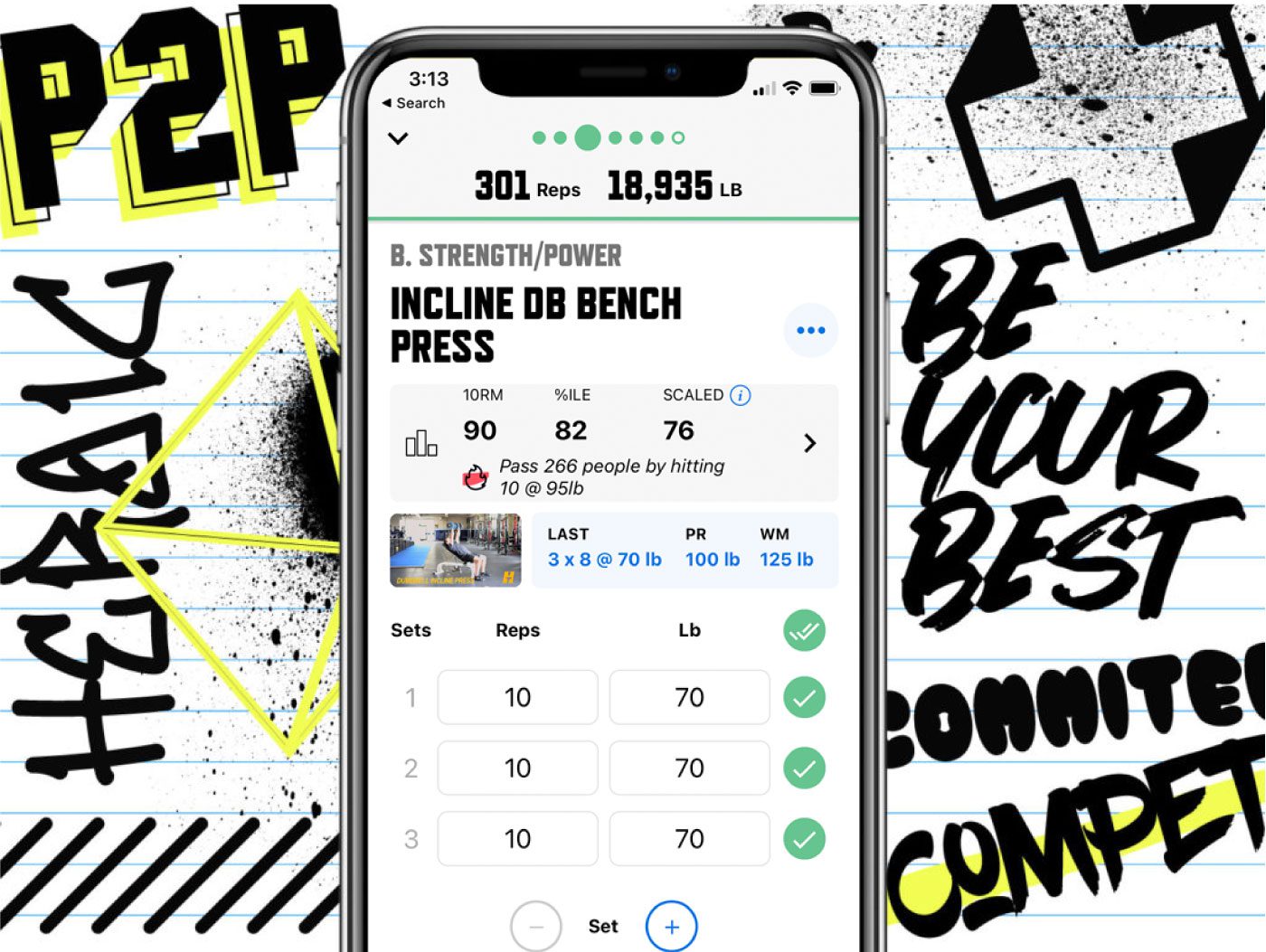




DOWNLOAD
trainheroic’s
free APP
Kettlebell Goblet Squats Could Be The Missing Piece
A simple, underrated movement might be the key to unlocking your squat depth. Kettlebell goblet squats help our clients obtain that golden chalice of full-depth squat (or as we call it in our gym, squat-the-right-way).
The weight functions as a counter balance, because the kettlebell sits further out in front of your body than with a typical barbell squat.
Kettlebell goblet squat step-by-step
Hold the kettlebell at the handles or around the bell like a goblet. Sit back as low as you can into a squat, placing your elbows against the inside of your knees and pushing out against them.
Keep your chest up and allow the bell to move forward from your body by slowly straightening your arms.
Once you get as low as you can, stop straightening your arms and slowly bring the bell closer to your body until you feel balanced. Stay in this position for 3-4 seconds, maintaining tension in your legs, thighs, and glutes.
When you’re ready to stand up, take a breath to brace your trunk, lift your chest, then drive against the floor. It sometimes helps to make an audible hiss or grunt to release some core pressure on the way up.
Repeat this for 3 sets of 5, and do it daily for a few weeks until you’re able to consistently hit that depth in the goblet squat.
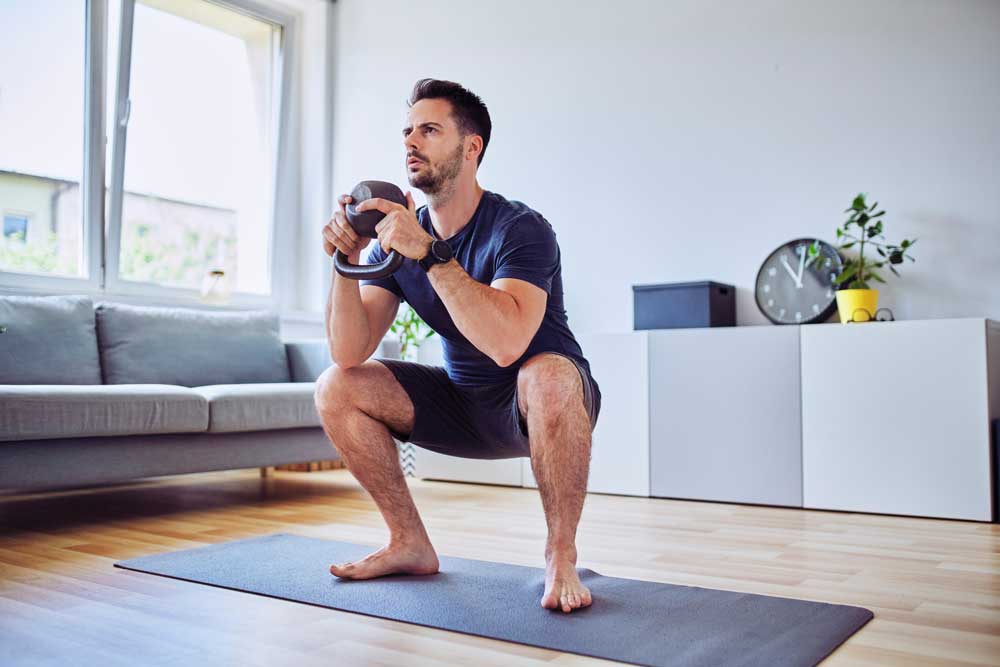

The Marketplace: Shop Expert Programming from Real Coaches
Sometimes all you need to reach your destination on your fitness journey is an expert guide. We’ve got you covered.
The TrainHeroic marketplace is the only place to purchase programming from the World’s best coaches, delivered through the immersive training experience of the TrainHeroic app.
Browse from thousands of programs for any goal and every type of athlete.
Or, join a monthly programming membership to connect with a real coach and community of athletes training just like you. Try any programming subscription free for 7 days.
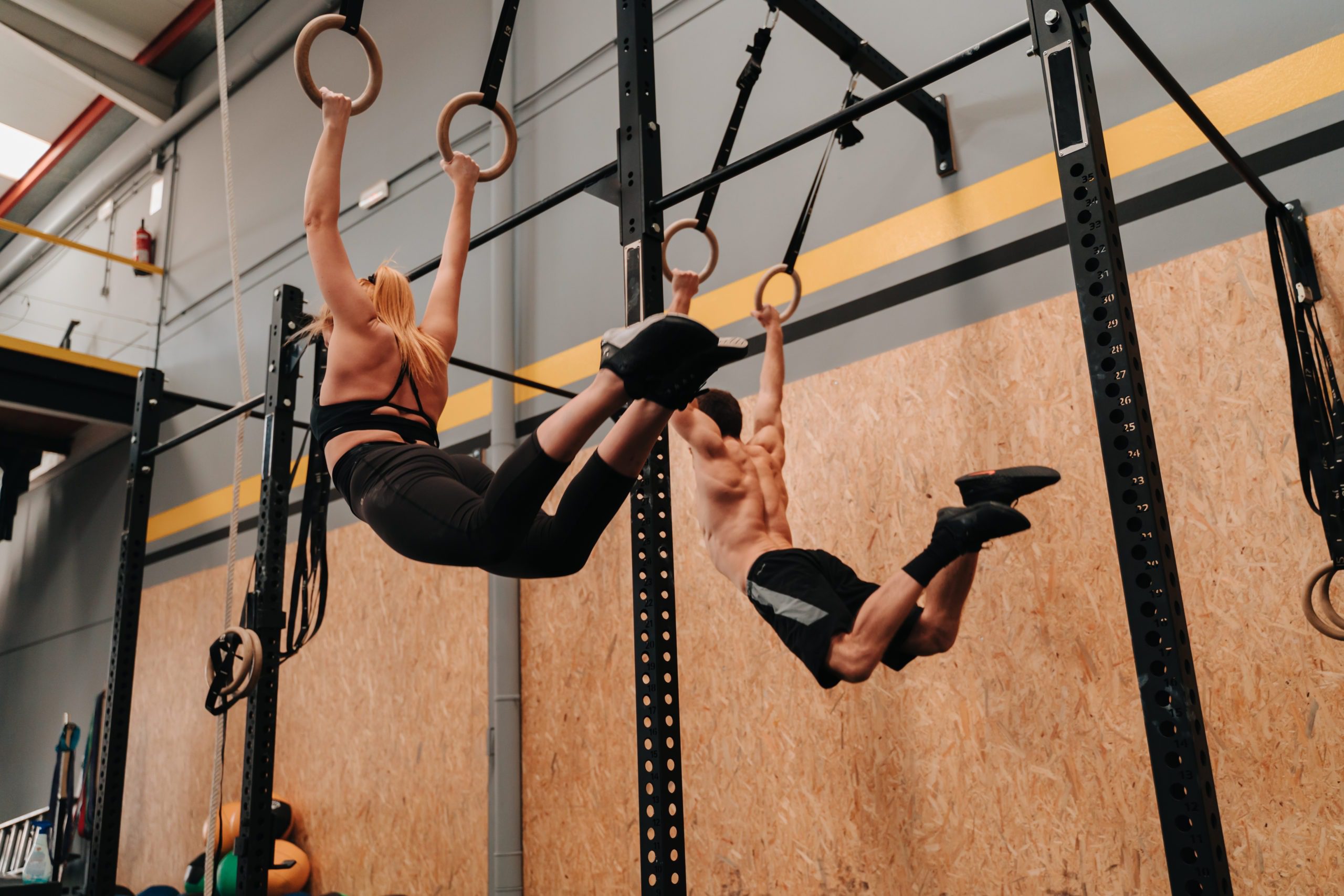

Get ready for your best squat yet
Once you master the kettlebell goblet squat, you’re ready to apply your newfound range of motion to your barbell back squat.
Coach’s tip: Make sure you do 1-2 sets of the goblet squats as a warmup before your barbell squats.
Starting at about 60% of your 1RM (1 rep max, the heaviest weight you can do for a single rep), try a set of 5 back squats. Your goal is to get that same depth you managed with the goblet squat.
Gradually increase the weight and make note at what percentage of your max you begin to lose depth. You’ll want to train at or below that heavier weight until you’re strong enough to maintain your new depth. It’s up to you to hold yourself accountable for this new standard.
It’ll be tempting to short-change your depth to get a bigger squat, but we know you’re better than that.
I recommend taking video of your squats. Watch the video between sets and use it as feedback to help you improve. You’ll be amazed at the transformation after adding kettlebell squats into your training.
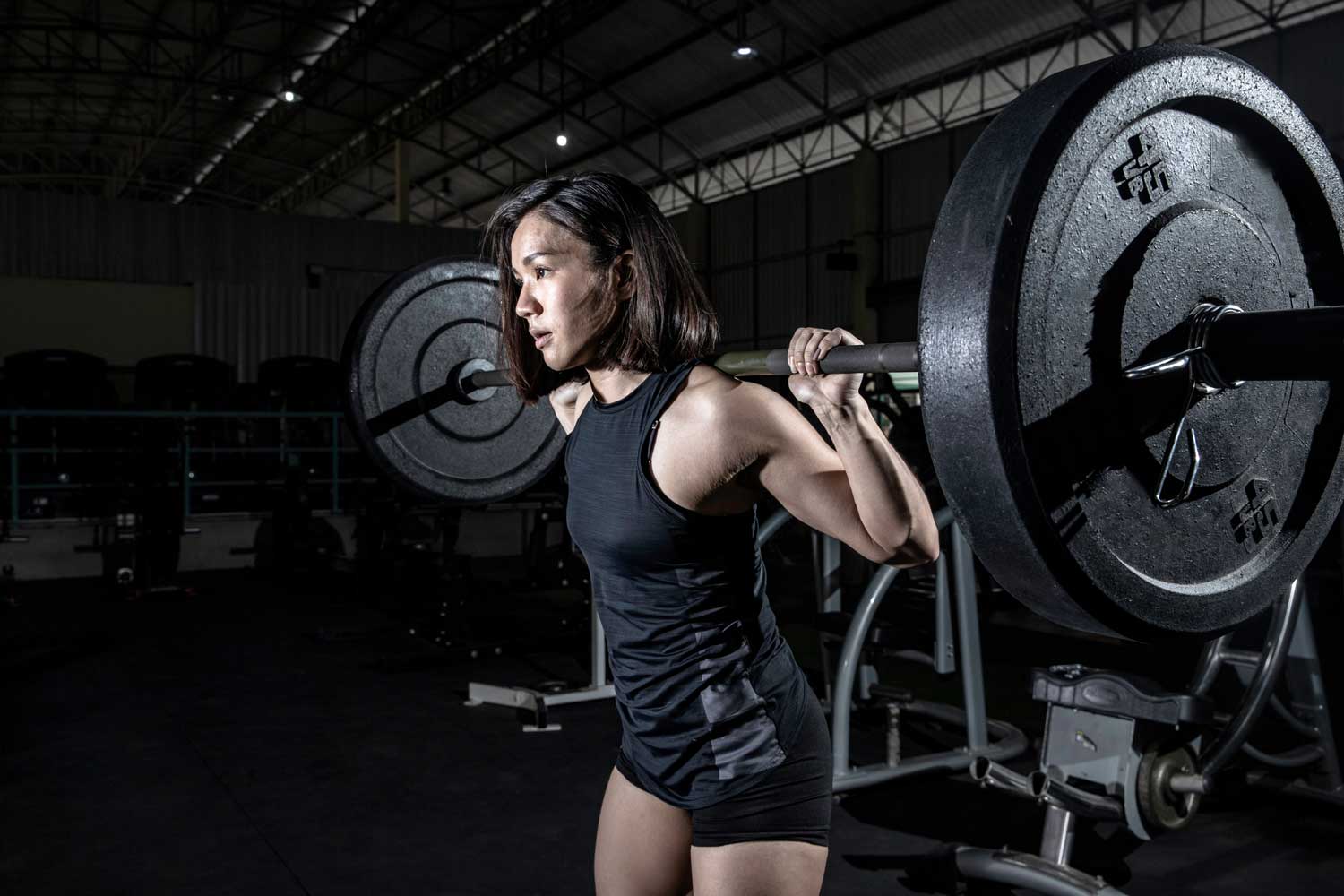

This article assumes that you’re familiar with squats, but if you aren’t, tap into a coach and get some good (preferably hands-on) instruction. Unfortunately, it’s common for newer athletes to squat incorrectly, which can actually be a hazard.
The goblet squat is a great place to start. I recommend spending 1-2 months with that before attempting back squats with a barbell. Remember that your joints and connective tissue don’t adapt as fast as the nervous system and muscles of the body. Be patient with the process, don’t do anything that hurts.
If you get stuck, get a coach, and don’t go cheap. A good coach is worth every penny. This is your body, after all.
Now get after it and upgrade your squat!
Related articles
Slow Reps vs. Fast Reps
You’ve probably noticed that some people in the gym tend to perform their reps as fast as possible, whereas others take a slow and controlled approach. But which is better? Dr. Andy Galpin is a Professor of Kinesiology at the Center for Sport Performance at California...
How to Do Leg Extensions Without a Machine
Short shorts are the new stinger tanks. Rocking those big tree trunks with canyon deep cuts is so hot. Leg extensions are a bodybuilding staple—they isolate your quads, the front-facing muscle group of your thighs, by flexing (bending) and extending (straightening)...
Tried-and-True Methods to Fix Plantar Fasciitis
What is Plantar Fasciitis? If you’re new to running or returning to it after a break, you might have been blighted by plantar fasciitis, a fancy name for an annoyingly common foot problem. It’s when the band of tissue that connects your heel to your toes (the plantar...


Join the community
Sign up for the latest training news and updates from TrainHeroic



About TrainHeroic
Support
Made with love, sweat, protein isolate and hard work in Denver, CO
© 2021 TrainHeroic, Inc. All rights reserved.


